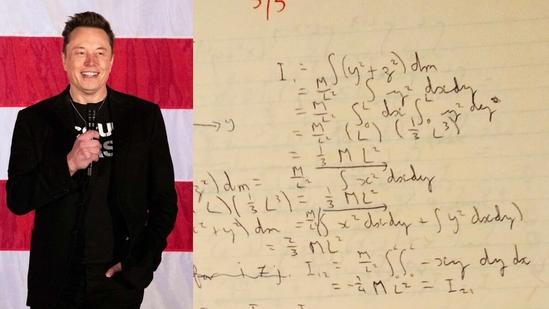In the shadowy realm of global resource politics, China has once again played its cards close to the chest, silently allocating rare earth quotas for 2025. Like a strategic chess move, these quotas whisper volumes about the nation’s technological ambitions and geopolitical influence. As the world watches with bated breath, these critical mineral allocations could potentially reshape industrial landscapes and supply chains across continents. Behind closed doors and diplomatic corridors, a quiet allocation process unfolds, signaling China’s continued dominance in a market where scarcity meets strategic importance. In a strategic move that signals China’s continued dominance of the global rare earth market, government officials have discreetly allocated production quotas for 2025, revealing a calculated approach to managing these critical mineral resources.
Sources close to the matter disclosed that the Chinese government has finalized the allocation process with minimal public announcement, maintaining its characteristic subtlety in managing strategic industrial sectors. The quotas,which represent a crucial mechanism for controlling rare earth element production,are expected to have significant implications for global technology and manufacturing supply chains.
Rare earth elements, essential for advanced technological applications including electronics, renewable energy systems, and sophisticated defense equipment, remain a cornerstone of China’s industrial strategy. By carefully managing production volumes,Beijing can effectively influence global market dynamics and maintain its competitive edge.
The allocated quotas reportedly reflect a nuanced balancing act between domestic industrial requirements and potential export considerations. Major Chinese rare earth producers are expected to receive specific production allocations, ensuring controlled expansion and strategic resource management.
Industry analysts suggest that these quotas might indicate potential shifts in China’s approach to rare earth production. The measured allocation could signify a more calculated strategy compared to previous years, potentially addressing environmental concerns and global market pressures.
International technology and manufacturing sectors are closely monitoring these developments, recognizing the critical role rare earth elements play in advanced technological production. Countries and corporations heavily dependent on these minerals will likely reassess their supply chain strategies in response to China’s latest regulatory move.
The timing of these quotas is particularly significant, occurring against a backdrop of increasing global technological competition and geopolitical tensions. By maintaining tight control over rare earth production, China continues to leverage its dominant position in this strategically important sector.Market experts anticipate that these quotas will have ripple effects across multiple industries, potentially influencing pricing structures, technological innovation, and international trade dynamics. The precise details of the allocation remain confidential,adding an element of strategic uncertainty to the global rare earth market.
As technological advancements continue to drive demand for these critical minerals, China’s calculated approach to quota management underscores its sophisticated industrial policy. The 2025 allocations represent more than a mere administrative exercise—they are a clear exhibition of China’s long-term strategic positioning in the global technological ecosystem.



